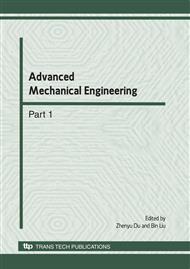p.1200
p.1204
p.1211
p.1215
p.1220
p.1226
p.1232
p.1237
p.1242
Combining Six Sigma with Kaizen Blitz for Enhancing Process Interaction
Abstract:
It’s imperative to find appropriate way for company to achieve the goal to quickly respond to customer requirement and increase customer satisfaction. This encouraged them to adopt either Six Sigma for improving process through process interaction or Lean for reducing waste in processes. However, both Six Sigma and Lean have limitations. As a result, the enterprises tend to combine their strengths. This paper represents similarities and differences between Lean, Six Sigma and Kaizen. Furthermore, the integration between the techniques and tools of TQM, Six Sigma and Lean help to find a way integrating Six Sigma and Kaizen. The paper combines Six Sigma with Kaizen Blitz (DMAIC-KB) which is based on advantages of Six Sigma and Kaizen concept under PDCA cycle. This approach emphasizes on small project, customer requirement response and customer satisfaction in short time by detecting, analyzing and improving the problems and dysfunctions during process via process interaction.
Info:
Periodical:
Pages:
1220-1225
Citation:
Online since:
June 2010
Authors:
Keywords:
Price:
Сopyright:
© 2010 Trans Tech Publications Ltd. All Rights Reserved
Share:
Citation:


